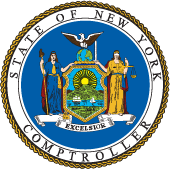21st Century State Aid Formulas: Revenue Sharing
As previous reports by the Office of the State Comptroller have pointed out, the terms city, town and village have more to do with history than they do with presentday governmental function.2 This report looks at urban villages as one type of municipal government that has been impacted by these historic designations.
